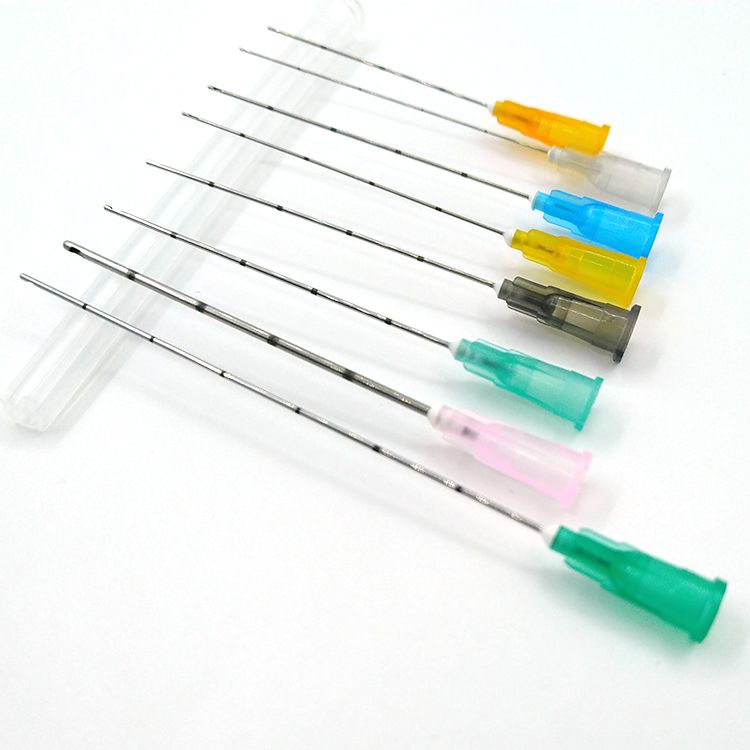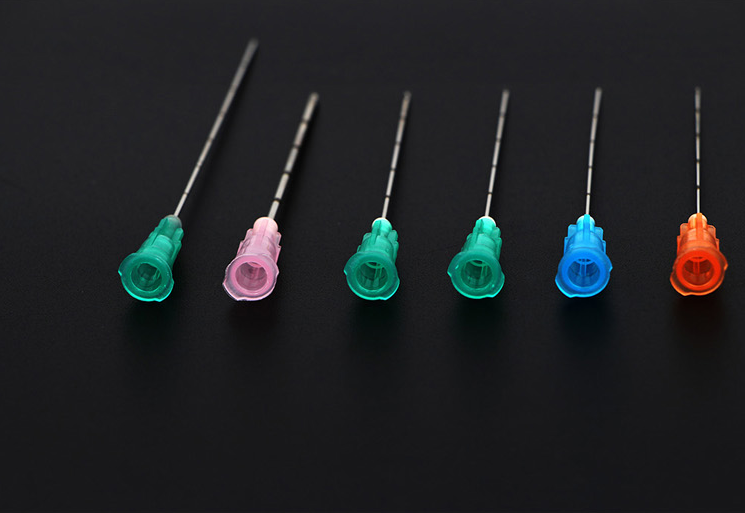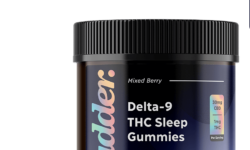Precision Perfected: Techniques for Optimal Microcannula Use
Cosmetic treatments are evolving rapidly, and microcannulas are at the forefront of this revolution. Unlike traditional needles, microcannulas offer a safer, less painful, and more precise way to administer injectable fillers. These flexible, blunt-tip instruments reduce the risk of bruising, swelling, and tissue trauma, making them a preferred choice for practitioners and patients.
If you’re a professional in the aesthetic field or considering microcannulas for your practice, you’ll want to ensure that you are using quality with better prices on microcannulas. This article will cover essential techniques for optimizing microcannula use to ensure the best results for your clients while also being cost-effective in your material choices.
1. Why Microcannulas are a Game-Changer in Aesthetics
Traditional needles can often cause discomfort and bruising when administering injectable fillers. Microcannulas, however, provide a less invasive option due to their blunt tip, which allows them to glide through the tissue with minimal disruption. This reduces patient pain, bruising, and downtime, making the procedure more appealing.

As more professionals seek quality with better prices on microcannulas, it’s clear that these tools are becoming a staple in modern cosmetic treatments. Whether it’s facial contouring, lip enhancement, or anti-aging procedures, microcannulas offer precision and safety.
2. Selecting the Right Microcannula for Optimal Results
Not all microcannulas are created equal. Selecting the right size and length is crucial for the success of your procedures. The size of the microcannula will depend on the viscosity of the filler and the area being treated. For example:
- Fine lines and wrinkles: A smaller gauge microcannula (e.g., 27G or 30G) is ideal for delicate areas around the eyes and mouth.
- Facial contouring: For deeper injections like jawline and cheek augmentation, a larger gauge (e.g., 22G or 25G) works better.
Pay attention to the length of the microcannula as well, ensuring that it allows you to reach the desired treatment area in fewer insertion points. By investing in quality microcannulas with better prices, you can equip your clinic with a variety of sizes, ensuring versatility in your treatment options.
3. The Importance of Proper Injection Technique
The technique used when administering fillers with microcannulas is vastly different from traditional needle injections. Here’s a step-by-step approach to ensure optimal results:
- Create an entry point: Before using the microcannula, you’ll need to create a small entry point with a fine needle, usually 18G or 23G. This allows the microcannula to glide into the tissue with ease.
- Utilize a fanning technique: One of the major benefits of microcannulas is their ability to treat larger areas with fewer entry points. The fanning technique involves moving the microcannula through the tissue in a fan-like motion, delivering the filler precisely where needed while minimizing trauma.
- Go slow and steady: Patience is key when using microcannulas. Slowly depositing the filler ensures an even distribution and avoids lumping or uneven results.
By mastering this technique, you can maximize the benefits of microcannulas and ensure that your patients leave satisfied with minimal discomfort and downtime.
4. Minimizing Patient Discomfort During the Procedure
While microcannulas are designed to reduce pain compared to traditional needles, there are still ways to make the experience more comfortable for your patients:
- Use a numbing cream: Applying a topical anesthetic 20 to 30 minutes before the procedure can help numb the skin, making the insertion of the microcannula more comfortable.
- Warm the filler: Cold fillers can sometimes cause discomfort upon injection. Warming the product to body temperature before the procedure can ensure a smoother, more pleasant experience.
- Reassure your patient: Talk your patient through the procedure, letting them know what to expect at each step. A calm, informed patient is more likely to relax, reducing tension and improving the overall experience.
Offering top quality with better prices on microcannulas can allow you to maintain high standards without passing excessive costs onto your clients, ensuring a positive and affordable experience.
5. Post-Treatment Care for Optimal Results
After the procedure, proper post-treatment care is crucial to ensure the best results and minimize any side effects. Patients should avoid applying pressure to the treated areas, as this could cause the filler to move. It’s also advisable to avoid strenuous exercise or direct sun exposure for at least 24 hours.
Inform your patients that while microcannulas greatly reduce the risk of bruising, some slight redness or swelling may still occur. These side effects are generally mild and should subside within a day or two. Cold compresses can help alleviate any lingering discomfort or swelling.
By emphasizing post-care instructions, you ensure that patients maintain the benefits of their treatment for as long as possible, creating trust and satisfaction with your services.
6. Comparing Microcannulas to Traditional Needles
While microcannulas have become a popular choice for administering fillers, it’s essential to know when a traditional needle might still be useful. Microcannulas are ideal for larger, delicate areas like the cheeks or lips, where minimizing trauma is a priority. However, in small, more targeted areas like the nasolabial folds or deeper injection points, a traditional needle might still offer more control.
Understanding the strengths of both tools allows for a more versatile practice. You can switch between microcannulas and needles depending on the treatment area and the desired outcome, ensuring that each patient gets the best possible result.

7. Maintaining Sterility and Hygiene with Microcannulas
Sterility is critical in any cosmetic procedure, especially when working with injectable fillers. Always ensure that your microcannulas are sterile before use, and dispose of them properly after each treatment. Unlike reusable tools, disposable microcannulas offer a higher level of safety by eliminating the risk of contamination between patients.
Keeping a steady supply of disposable microcannulas in various sizes ensures that you always have the right tool on hand while maintaining a sterile and hygienic practice. Investing in quality with better prices on microcannulas allows you to balance safety, performance, and cost-effectiveness.
Conclusion
Mastering the use of microcannulas can significantly enhance the quality of your cosmetic treatments, offering your patients a more comfortable experience with fewer side effects. By selecting quality microcannulas with better prices, refining your technique, and focusing on patient care, you can ensure that your practice stays ahead of the curve in this rapidly evolving field.
Whether you’re using microcannulas for facial contouring, wrinkle reduction, or lip enhancement, the key to success lies in precision and patient satisfaction. With these tips and techniques, you’ll be well on your way to providing optimal results every time.



